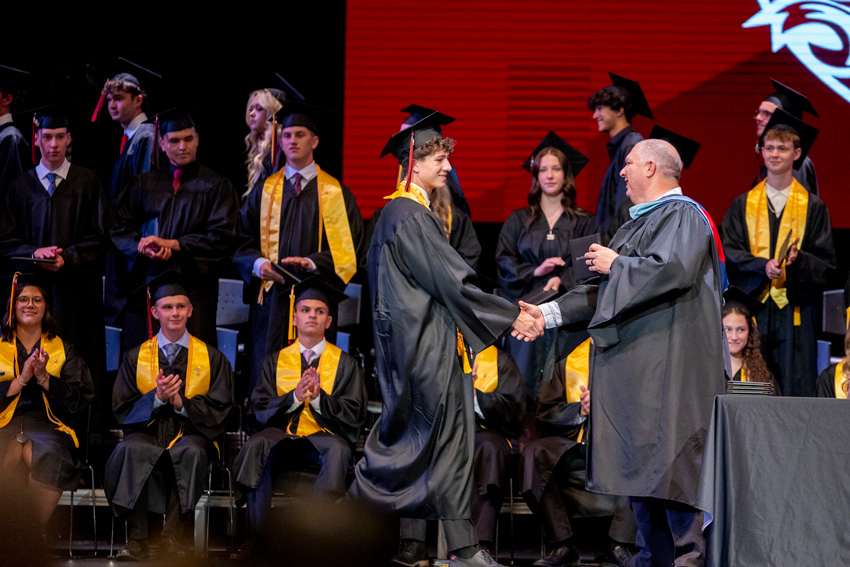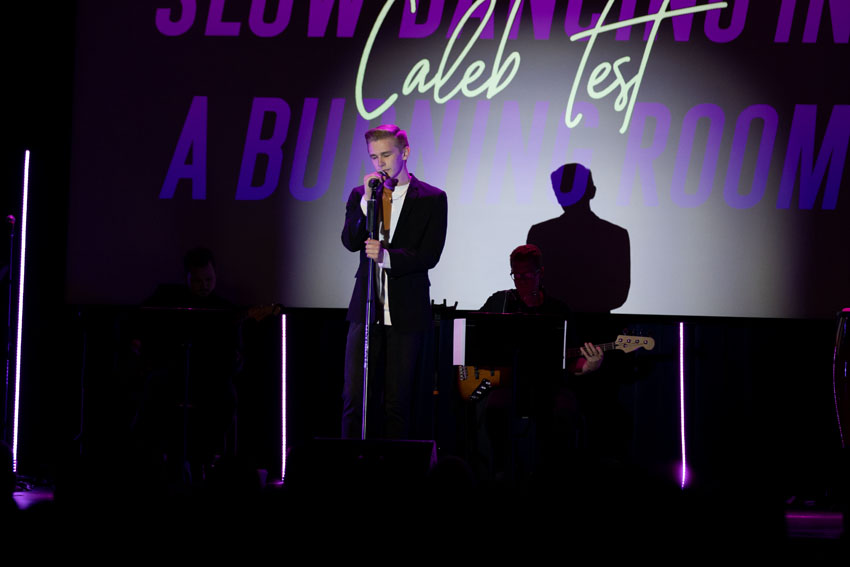Newspapers around the country seem to struggle to make a profit as their target audience migrates to the Internet for information. In response, print publications have begun to make online sites in hopes of adapting to the new market.
The Fresno Bee has made the transition to the Internet through their subscription-free online site that was launched in 1996. The site averages around 400,000 registered members and 800,000 page views each month. It runs an integrated staff where each writer must write for both print and online editions of The Bee.
?Online has opened up a whole new galaxy to provide information,? Ray Steele, publisher and president of The Fresno Bee, said. ?We see them (the print and online editions) as complimentary to each other and often times advertisers may have a print and online ad.?
Steele believes advantages for online newspapers are the ability for people to comment on articles immediately, provide up-to-date information to readers and allow advertisers more options for their ads in the form of videos.
?We are constantly changing the style and content and adapt to new markets,? Steele said. ?If you don?t change then your market leaves you, and so we are putting much more effort in putting information through a new avenue of technology.?
Despite their recent success with the web site, The Fresno Bee reprinted a Sacramento Bee article on April 25. Reporter Dale Kasler writes that profits from the McClatchy Co., the nation?s third largest newspaper publisher and owner of both the Sacramento and Fresno Bee, have fallen to $9 million from last year?s $27.7 million.
?Both the automotive industry and real estate market are struggling and thus there are not as many ads in the newspapers,? Steele said. ?The younger audience is relying on the Internet and more people come to the Fresnobee.com than any other site for news and advertising information.
Even economics plays a role in high school newspapers as the staff of The Feather continues to evaluate the financial cost of printing the hardcopy editions. With The Feather?s small advertisement base, raising money conntinues to be difficult and printing the hard copy editions have continue to plague the staff since The Feather?s first printed edition in 1982.
Each edition of The Feather costs around $300 and the staff prints six to seven editions each year. Since the advent of The Feather Online, the site has reached a wider audience with minimal cost. Greg Stobbe, Feather adviser, continues to reevaluate the viability of the print edition of The Feather.
“While readership continues to grow online, the print edition does have an audience,” Stobbe said. “Many parents, grandparents and folks who visit campus are able to get a handheld copy of the heartbeat of the school and take it with them.”
Stobbe also feels it is important for students to have an outlet for their computer software skills like InDesign, Photoshop and Illustrator.
“The technology to produce high-quality publications continues to grow on this campus,” Stobbe said, “and this adviser believes in the process of creating print copies which include newspaper, magazines, brochures and pamphlets. Whether in advertising or for public information, the need for the print skill set will never go away; and while it is morphing, we just need to keep up with the changes.”
Other print publications struggle to survive. Life Magazine has decided to shutdown their press versions of their magazine for the third time in 70 years. According to MSNBC?s web page on March 26, 2007, ?The company cited the ?decline in the newspaper business? and poor advertising outlook as factors in its decision.?
Time Inc.’s CEO Ann Moore said in a statement, “The market has moved dramatically since October 2004 and it is no longer appropriate to continue publication of Life as a newspaper supplement.?
Even with these setbacks, Bill Shapiro, managing editor for ?Life?, states in the April 20, 2007 edition of ?Life? that ?Life? will continue on as a website, www.life.com, with over 10 million images going back 70 years.
“I think its sad that Life went out of print,” Ryan Martens, ’08, in charge of Layout and Design of hardcopy for The Feather, said. “Even though the Internet is a great tool, print newspapers and magazine are still important.”






